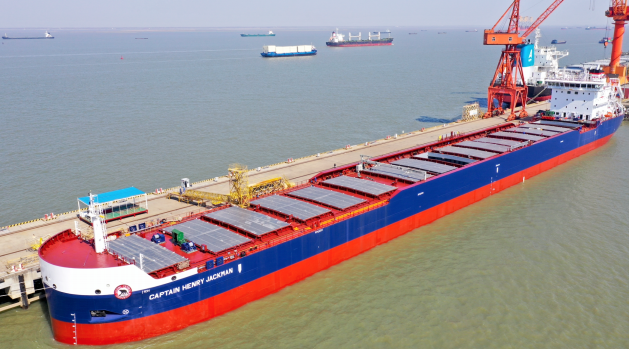Longer voyages are likely to support global tanker freight in the second quarter of 2023 because of a prolonged Russia-Ukraine war, an aging fleet and shrinking newbuilding orderbook, but lower oil supply and concerns about an economic recession could cap those gains, market participants said April 10.
A coalition of OPEC and other oil producers have announced voluntary crude output cuts of about 1.16 million b/d from May, over and above a reduction of 2 million b/d that is in effect for 2023 and a 500,000 b/d curtailment announced by Russia in February. Lower output and exports can pressure tanker demand, but industry experts said the correlation is not as straightforward and hinges on several other factors.
The extent of the impact of OPEC+ cuts will greatly depend on why they were made in the first place, Ole-Rikard Hammer, Oslo-based senior analyst, oil and tankers at Arctic Securities, told S&P Global Commodity Insights.
“If this is a precautionary move to counter an incoming recession, the tanker market will definitely feel it and will have a challenging next few months,” Hammer said.
But if lower supply reflects growing confidence in China’s economic recovery and its ability to sustain higher oil prices, the impact on tanker freight will be moderate, he said.
Higher Chinese demand and US exports could offset OPEC+ output cuts, brokers said.
“OPEC’s decision is not a move in the right direction for tanker owners, but its impact on freight has been largely overestimated,” said Enrico Paglia, a Genoa-based research manager with shipping brokerage and consultancy Banchero Costa, or Bancosta.
Prior to the OPEC+ announcement, London-based Maritime Strategies International, or MSI, forecast the daily average spot Very Large Crude Carrier earnings at $48,400 in the April-June quarter, considering voyages to China from the US and the Persian Gulf, up 15% from the fourth quarter of 2022. MSI forecast that the estimated fourth-quarter Long Range 2 tanker earnings of $41,500/d on the Persian Gulf-Japan route may remain steady in the second quarter.
Half a million b/d of output cut by Russia was already announced in February and had more to do with the effects of sanctions than global crude oil supply and demand, Paglia said.
But the fundamentals are strong. “The fundamentals show that the demand for oil is picking up and replacement of ships is slow, though there will be usual peaks and troughs but at higher levels,” an executive with a VLCC-owning company said. VLCC owners are even seeking higher time-charter rates for a duration of up to one year, as they expect freight to strengthen. Ships that are less than 15 years old are seeking $110,000-$120,000 for a three-month charter, brokers said.
“The tanker fleet is not only relatively old, the supply is extraordinarily favorable to owners due to one of the lowest orderbooks in modern times,” said Hammer.
The reorganization of trade flows due to sanctions on Russia following its invasion of Ukraine in 2022 has boosted tanker demand, with crude oil and products travelling longer distances when the dirty tanker fleet is expected to grow just 1% in 2023, compared with 4% in 2022, Paglia said.
In the first quarter, mid-size tankers such as Suezmaxes garnered a larger share of crude hauling from the Persian Gulf to Europe, according to brokers. Aframaxes that were withdrawn from Kozmino loading during this period were rechartered elsewhere, indicating that owners are capable of adapting to the current price cap on Russian oil and sanctions.
A bigger cause for concern for tanker owning companies than OPEC+ supply cuts is the health of the global economy, Paglia said.
Hammer said that the “global oil trade is becoming ever more complex because of sanctions,” but OPEC+ maybe more optimistic about China, and if demand is strong, imports will be sourced from the Atlantic rather than the Persian Gulf, increasing ton-miles and reducing the impact of supply cuts on freight.
MSI’s London-based Director Tim Smith in a report said VLCC spot rate fluctuations are often associated with movements in crude prices and their substantial drop in the first half of March certainly affected freight. The average January-March VLCC freight in 2023 for the benchmark Persian Gulf-China route fell 16% quarter on quarter to $16.28/mt, S&P Global data showed.
Saudi Arabia’s 500,000 b/d oil production cut from May will probably weigh on VLCC demand in the short term, said Bancosta’s Paglia.
Some of the other output cuts are small and largely agreed by countries having trouble meeting their quotas, he said. Moreover, Iran and non-OPEC+ producers may increase their exports to compensate for the cuts, aiding ton-mile demand, Paglia said.
If oil prices rise sharply, OPEC+ may reverse these cuts, and that implies that the prospects of a strong rally in shipping freight into the next winter have actually improved, Arctic’s Hammer said.
Source: Hellenic Shipping News





